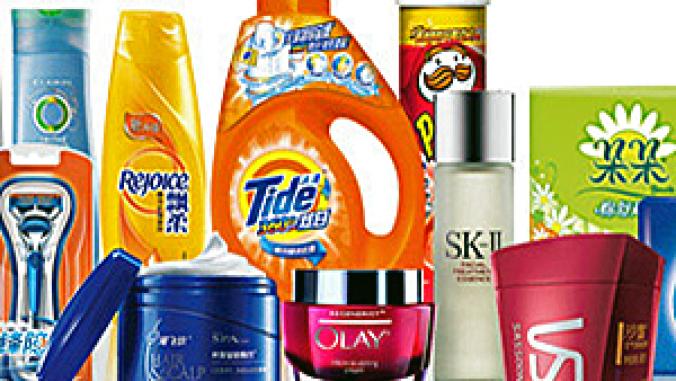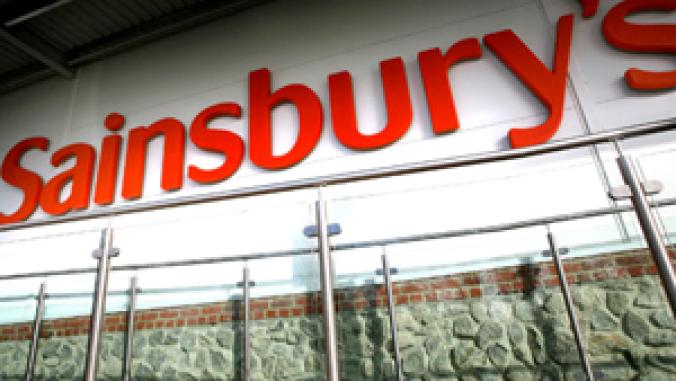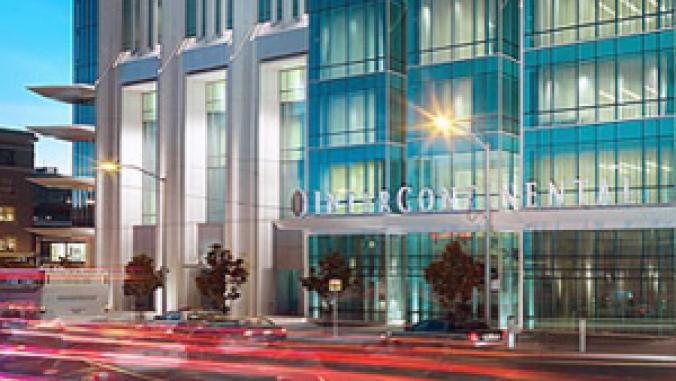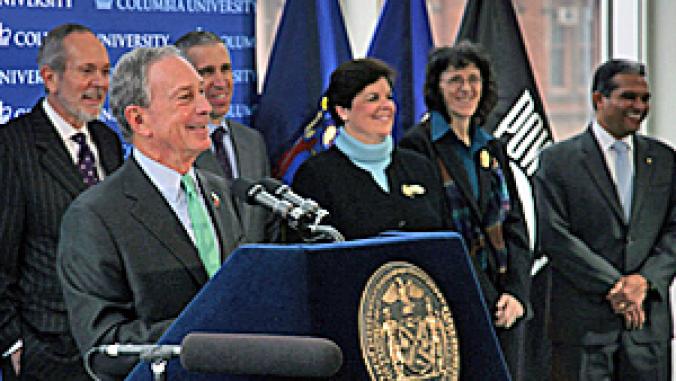Marriott Promises 300 LEED Hotels by 2015
<p>Marriott International, a green leader in the hospitality industry, plans to grow its portfolio of eco-friendly properties to a total of 300 LEED-certified hotels in the next five years, the company said today.</p>

Marriott International, a green leader in the hospitality industry, plans to grow its portfolio of eco-friendly properties to a total of 300 LEED-certified hotels in the next five years, the company said today.
Currently, 40 hotels across the company's nine Marriott International brands are certified or registered as Leadership in Energy and Environmental Design projects under the standards developed by the U.S. Green Building Council. The registered projects are in the pipeline for certification, according to the hotel firm.
Marriott, whose portfolio of green properties includes the first LEED-certified hotel in the United States, is expected to release more details about its green building drive tomorrow during a ceremony at its refurbished headquarters, which recently achieved certification.
Marriott's 30-year-old building in Bethesda attained LEED-Gold status (the second-highest designation possible in the ratings and assessment system) as an existing building as a result of a three-year renovation and retrofit project. The changes are expected to save Marriott $700,000 annually and help the company receive as much as $1.3 million tax credits.
With the improvements to the building and changes in operations or facilities management, Marriott headquarters has:
- Increased the recycling rate to 69 percent in 2009 and diverts all waste from landfill to a waste-to-energy plant.
- Enrolled in demand response energy reduction programs and earned more than $100,000 in electricity rebates.
- Upgraded lighting and lighting controls that include higher efficiency lighting solutions with reduced mercury content.
- Installed motion sensors in all restrooms, telecom and electrical closets.
- Replaced office supplies with cost-neutral, greener alternatives or recyclable options.
- Converted to china and flatware in the company cafeteria, eliminating disposable products.
- Switched from evening to daytime office cleaning.
In addition, the building has received an Energy Star rating of 77 for the past three years. The rating is based on a 100-point system with scores of 75 or higher deemed top performance. As such, Marriott's headquarters ranks in the top 25th percentile in the U.S. for energy efficiency when compared to buildings of similar age, size and use.
In the ceremony tomorrow at Marriott headquarters, Montgomery County Executive Ike Leggett and USGBC Chief Operating Officer Chris Smith are expected to recognize Marriot International President and COO Arne Sorenson and Executive Vice President of Global Communications and Public Affairs Kathleen Matthews, the co-chairs of Marriott's Green Council. Sorenson and Matthews will accept the certification award on behalf of the company.
The firm's first LEED citation came in 2005 when The Inn & Conference Center by Marriott at the University of Maryland became the first hotel to receive green building certification from the USGBC. Over the years, 275 Marriott properties have become Energy Star-labeled hotels under the EPA's energy efficiency program promoting greener buildings.
At the USGBC's Greenbuild conference last fall, Marriott announced that it is developing a green design prototype for its Courtyard Hotels brand under the LEED volume certification program, which expedites the certification process for new structures built according to the prototype. Prototype designs for Marriott's Fairfield Inn, Residence Inn, SpringHill Suites and TownePlace Suites brands are to follow the Courtyard launch, expected this spring.
Marriott introduced its Spirit to Preserve campaign in time for Earth Day in 2008. Beyond green building initiatives, efforts have included pledging to reduce fuel and water consumption by 25 percent per room over the next 10 years, install solar power in as many as 40 hotels by 2017 and expand reuse and recycling programs.
Marriott is greening its supply chain with key cards made of 50 percent recycled plastic, replacing more than 100,000 pillows with ones made from recycled bottles, eliminating cardboard from more than 2 million rolls of toilet paper a year, and buying Bic pens made with recycled material.
{related_content}Marriott has also engaged guests in its environmental drive. Besides letting customers know they can help conserve water by choosing not to replace bed linen and towels daily, an option that has become standard practice in the hotel industry, Marriott asks guests whether they want a free newspaper in the morning, rather than automatically delivering papers to each occupied room.
Two other major hotel chains, Hilton Hotels Corp. and Wyndham Worldwide, have greened their headquarters recently. Hilton hotels' home base in McLean, Va., earned LEED-Gold certification last year. Wyndham Worldwide's headquarters in Parsippany, N.J., was awarded LEED-Silver certification in January.
In California, the W hotel in San Francisco is celebrating its green building certification this week. The property in the city's South of Market district received LEED-Silver certification, becoming the seventh hotel in the U.S. to achieve a green building rating as an existing structure. W is a brand of Starwood Hotels & Resorts Worldwide Inc., which also has a robust sustainability program.
The hospitality industry's work to make itself more environmentally responsible is increasingly in the news. Last week, the boutique Kimpton hotel operation announced that it would seek Green Seal certification for its 50 properties.
Image courtesy of Marriott International.




